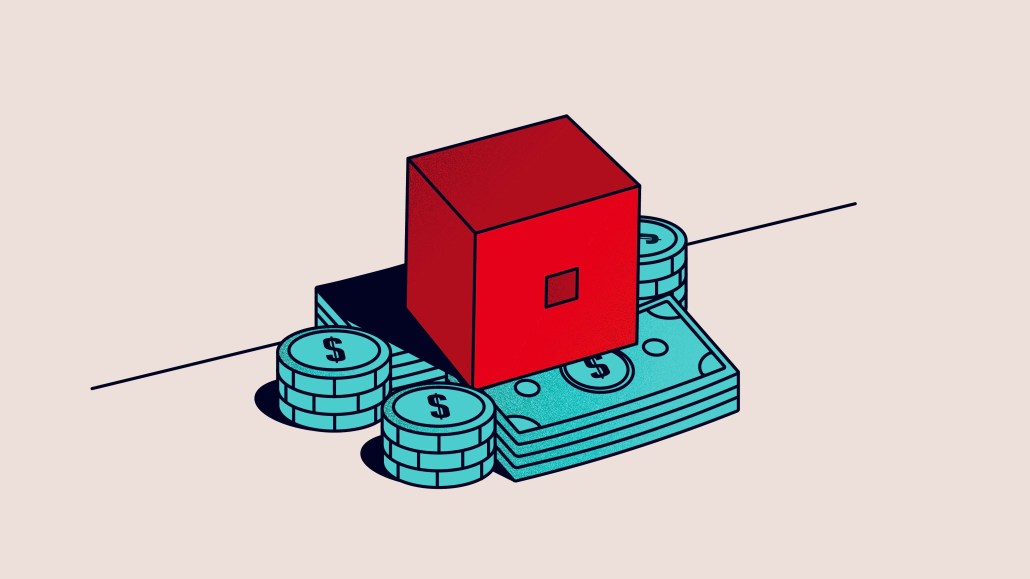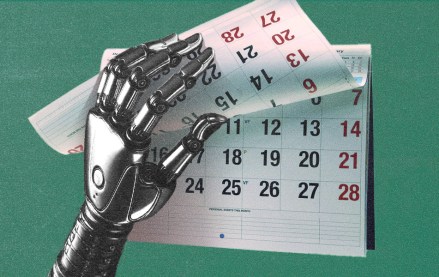Register by Jan 13 to save on passes and connect with marketers from Uber, Bose and more
Roblox marketplace competition over how ads are purchased led at least three brands to reconsider their spend

Brands looking to reach Roblox users in 2025 are finding themselves inundated with competing pitches from Roblox over how to best advertise on the platform — and some are deciding to spend their marketing dollars elsewhere — or temporarily pause spend — as a result of the confusion.
Three executives at Roblox studios — the metaverse platform’s version of influencer marketing agencies, which help design branded experiences or integrate brands into pre-existing experiences — told Digiday that confusion over the platform’s competing ad visions in 2025 had caused a brand they were negotiating with to decide not to enter Roblox, though all three declined to name the specific brands to avoid damaging potential deals, and two requested anonymity to preserve business relationships.
At the moment, Roblox’s advertising ecosystem contains a multitude of stakeholders with differing priorities and ideal outcomes. There are the creators, who simply want to make as much money as they can by working with brands — which often means convincing an advertiser to focus its marketing budget on integrating into a single, popular experience. Then there are the studios, which want advertisers to pay them to manage more widely distributed campaigns that integrate brands across multiple experiences. And then there’s Roblox itself, which wants to funnel brands’ marketing budgets into its own ad products, such as Portals and video ads.
Each option has its own strengths and weaknesses, and what works best for a brand varies depending on its budget and the objectives it hopes to accomplish, according to two media buyers who spoke to Digiday on the condition they remain anonymous. However, they said that creators, studios’ and Roblox’s pitches to brands often lack this nuance, instead framing each inventory holder’s specific approach as the ideal way to advertise — which can lead some brands to be disappointed when their campaigns or activations underperform.
“It creates such a weird perspective for the brands who say, ‘I have a million dollars I want to activate in Roblox,’ and then they get into a small game, or they have a small activation that doesn’t do a million dollars’ worth of numbers,” said Nate Spell, the founder and CEO of Roblox developer studio Barrier Four. “And I’ve seen brands turn away from Roblox activations because of issues like that.”
In two examples shared with Digiday by Roblox studio executives, both of whom requested anonymity, the studio was in the middle of negotiating a deal with a brand, only for Roblox’s sales team to step in toward the end of the process to suggest that the brand should divert some of its budget toward Roblox ads. In both cases, confusion over the competing options caused the brand to lose confidence in Roblox and decide to not to spend its marketing dollars on the platform.
A Roblox spokesperson did not put a company rep forward for an interview, but in response to this story said that the number of brands advertising on the platform has continued to grow in 2025, with hundreds of brands currently activating on Roblox, although the spokesperson declined to disclose specific advertising revenue.
The causes of Roblox’s confusing ad landscape go beyond the friendly competition between Roblox and the developer studios operating on the platform. Everyone in the Roblox brand/creator ecosystem who wants to glean their share of brands’ marketing budgets appears to be swatting each other’s hands away from the cookie jar, with studios stepping into individual creators’ deals with brands, Roblox asserting its own vision for studios’ deals and studios and creators encroaching on each others’ brand relationships.
“They were at the point of contracts with us when they were like, ‘Roblox are saying this, and it’s all very confusing; this is not worth it,’” said one anonymous studio executive, describing a brand deal that fell through due to the advertiser’s confusion over Roblox’s ad offerings. “And it’s just because they’re pushing too hard on a product that isn’t what the brand wanted.”
Ultimately, Roblox creators and studios view the growing competition between their visions as a natural step in Roblox’s evolution as an advertising platform, rather than an existential threat to either themselves or Roblox. However, they believe it is in everyone’s best interest for advertisers to understand which options are best for their specific needs, similar to the ways marketers on YouTube employ a mix of video integrations and pre-roll ads.
“In any developing ad product and platform, there’s going to be growing pains and evolutions of the products and services that creator/developers in the native ad system provide,” said Ben Spoont, co-founder and CEO of the Roblox-partnered studio Misfits Gaming. “There’s going to be brands that are going to want to potentially lean one way or the other, or dabble in both.”
At last month’s Game Developers Conference, Roblox hosted a discussion day with members of the Roblox Partner Program, issuing an internal pre/post survey whose results showed a doubling in developers’ understanding of how to collaborate with Roblox’s in-house team and a 20 percent confidence lift in Roblox’s ad ecosystem, per the Roblox spokesperson.
“As we scale our advertising business, Roblox is investing in proprietary solutions, partnerships and teams that will make it even more seamless for brands to activate on the platform,” said the spokesperson, who pointed to Roblox’s recently announced partnership with Google as one example of a recent update intended to create more advertising opportunities for brands. “Our goal is to remove barriers for brands and agencies that are quickly realizing the massive potential of immersive gaming platforms like Roblox where Gen Z are increasingly spending their time.”
Two media buyers who spoke to Digiday on condition of anonymity to avoid jeopardizing ongoing business deals agreed that differing stakeholders’ competing visions for advertising on Roblox had confused some brands and pushed them to pause or reduce their spending on the platform. However, they agreed that this phenomenon was a growing pain, reflecting marketers’ overall rising interest in Roblox and the resulting rush by different stakeholders to take advantage of that interest. In general, the buyers said that brands are flowing into Roblox, not out of it.
As Roblox continues to build out its advertising ecosystem, investors and observers are feeling optimistic. Earlier this month, following Roblox’s announcement of rewarded ads and its Google partnership, Morgan Stanley Research issued an “incrementally bullish” report about the platform’s ad revenue opportunity.
“Most of RBLX’s engagement is entirely unmonetized,” the Morgan Stanley analysts wrote, “and ads are a key tool to turn that deficit into a strength.”
More in Media

Why publishers are building their own creator networks
Publishers are forming creator networks to regain control, combat traffic declines, and reach audiences shifting toward influencers.

The accidental guardian: How Cloudflare’s Matthew Prince became publishing’s unexpected defender
Cloudflare’s day job is fending off botnets and nation-state cyberattacks, not debating how Google and other AI firms crawl publisher sites.

A timeline of the major deals between publishers and AI tech companies in 2025
Here’s a list of all the major deals signed between publishers and AI tech companies in 2025.






